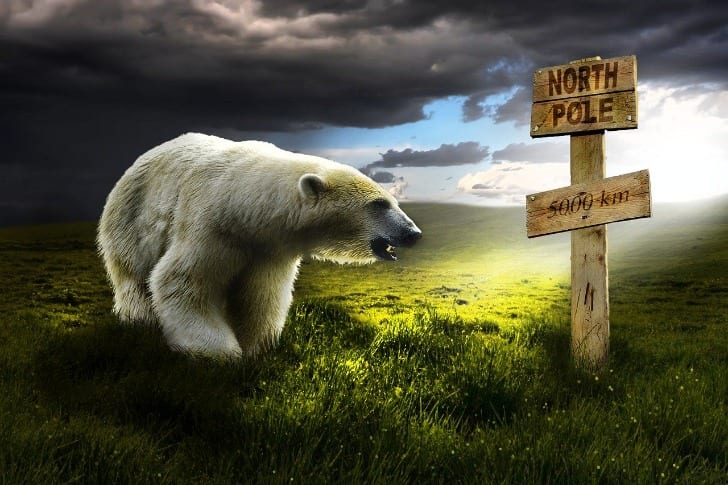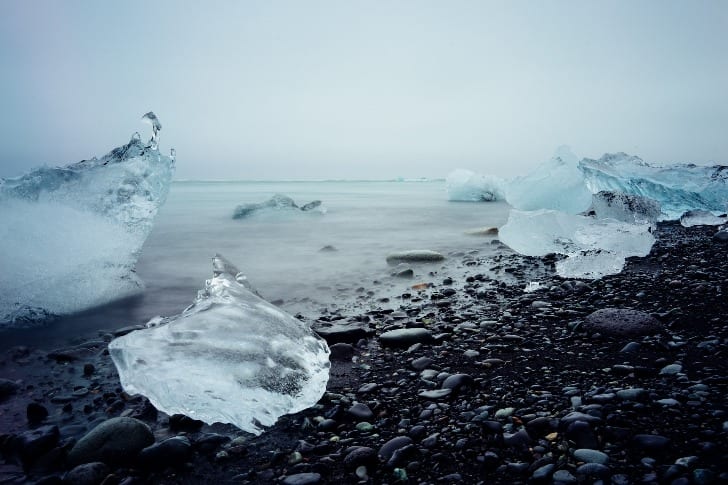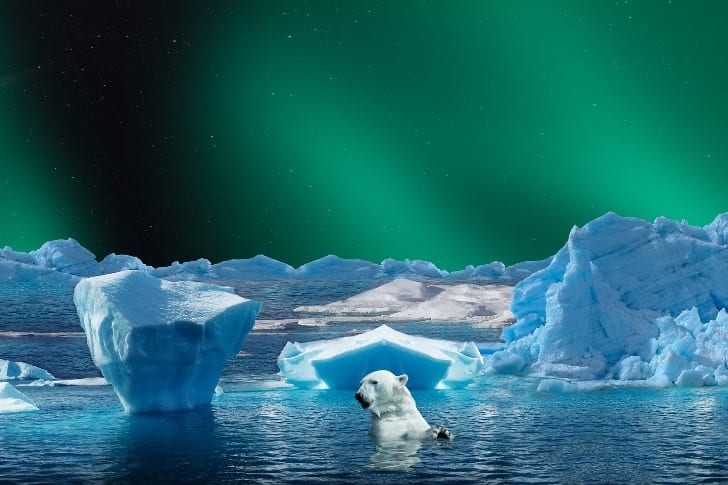Imagine polar bears walking on drylands or even worse, a lush green forest! A startling report suggests that summers in the Arctic won't witness any ice by 2050, a change that could substantially impact the rest of the world.

AD_Images / Pixabay: North pole might not be so cold anymore
Currently, the North Pole is covered in white throughout the year. But it has been observed that ice levels have been steadily reducing over the past 30 years, owing to climate change. Researchers have conducted numerous simulations, with most of them predicting a starkly different summer after three decades.
Alarming Concerns
Bruno Tremblay, an oceanic studies professor at McGill University, was a part of the study that came up with these findings. He asserted that such catastrophic changes will make life more difficult for nearby habitats and other ice-dependent living beings. Polar Bears and Seals can only thrive in a habitat where the white cover reflects sunlight and keeps the region cool.
The research team pointed out that the amount of sea-ice loss hinges on carbon emission levels. If the discharge is reduced aggressively, then we might see fewer ice-free years as compared to the current scenario.
Over 40 climate models belonging to as many as 21 research institutes from across the world were used to come up with these findings. High emissions of carbon dioxide and almost no climate protection are the primary concerns that need to be addressed. The study was published in the Geophysical Research Letters, a leading journal that covers many geoscience disciplines.
Historical Perspective

9088 images/Pixabay: Arctic is melting away
The Arctic sea ice levels were reported to be as low as 1.6 million square miles in September 2019. Ever since the National Snow and Ice Data Center started recording satellite imagery in the '70s, there were 13 instances when the levels hit a record low.
Things took a turn for the worse in 2012 when NSIDC recorded the lowest level of sea ice, a number that plummeted to just over 1.37 million square miles.
Road Ahead

Gellinger / Pixabay: Last Ice Area of Arctic region
The Arctic region's most firm ice zone, which is known as the 'Last Ice Area,' seems to be disappearing quicker than the researchers' estimate. Scientists attribute this partially to climate change, while skeptics have dismissed concerns over mankind's influence on global warming.
Individuals who are cynical about the phenomenon say that it is something that has been in the works ever since the world began. They also maintain that the threats of seeing a warmer world are nothing more than exaggeration.